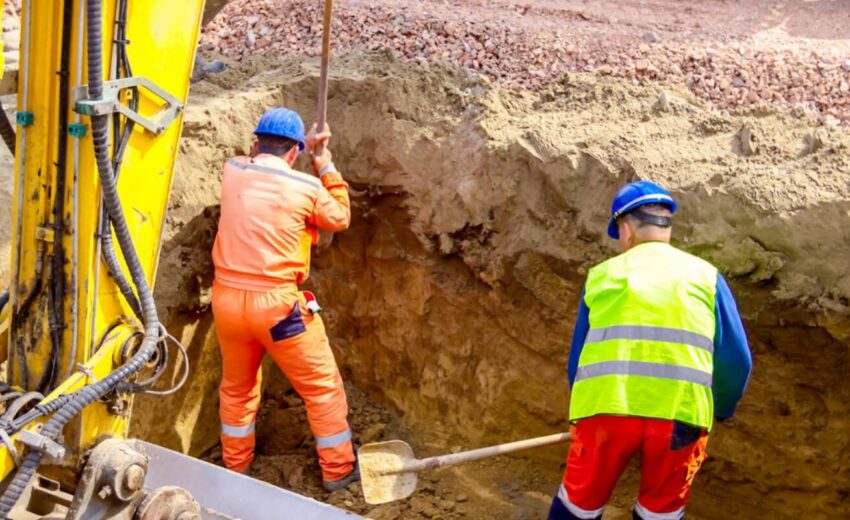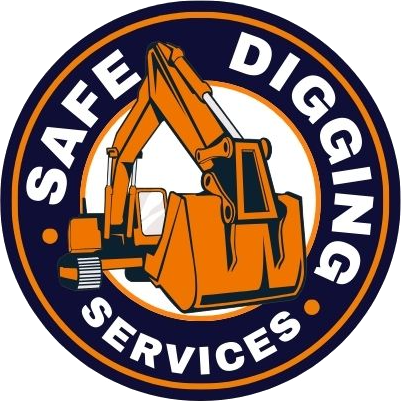
Ensuring safety in excavation projects is paramount to protecting workers and maintaining compliance with regulations. This article provides a comprehensive guide on how to achieve excavation safety through planning, protective measures, and proper techniques.

1. Planning and Assessment
Conducting a Risk Assessment
- Site Evaluation: Before starting any excavation, conduct a thorough site evaluation to identify potential hazards, such as underground utilities, unstable soil, and water accumulation.
- Soil Analysis: Test the soil to determine its type, stability, and load-bearing capacity. This helps in planning the excavation method and protective measures.
- Regulatory Compliance: Ensure compliance with relevant regulations and standards, including the National Construction Code (NCC) and Work Health and Safety (WHS) regulations in Australia.
Planning the Excavation
- Excavation Design: Design the excavation plan, including the dimensions, depth, and method of excavation. Consider factors like soil type, weather conditions, and proximity to structures.
- Emergency Plan: Develop an emergency plan detailing the steps to take in case of an accident or unexpected event. Ensure all workers are familiar with the plan.
2. Protective Measures For Safety Excavation
Shoring and Shielding
- Trench Shoring: Use trench shoring systems to support the walls of an excavation and prevent collapses. Shoring can include hydraulic shores, timber shoring, and aluminum hydraulic shoring.
- Trench Shielding: Use trench shields (trench boxes) to protect workers from cave-ins. Trench shields are designed to withstand soil pressure and provide a safe working environment.
Sloping and Benching
- Sloping: Excavate the sides of the trench at an angle to reduce the risk of collapse. The angle of the slope depends on the soil type and depth of the trench.
- Benching: Create horizontal steps or benches in the trench walls. This method is suitable for stable soil types and helps reduce the risk of cave-ins.
3. Safety in Excavation Practices
Utility Location and Protection
- Identifying Utilities: Before excavation, locate and mark all underground utilities, such as water, gas, electricity, and sewer lines. Use ground-penetrating radar (GPR) and electromagnetic locating equipment for accurate detection.
- Non-Destructive Digging: Employ non-destructive digging techniques, such as hydro-vacuum excavation, to safely expose utilities without damaging them.
Equipment and Machinery Safety
- Operator Training: Ensure that all equipment operators are trained and certified. Regularly inspect and maintain excavation machinery to ensure safe operation.
- Safety Barriers: Install safety barriers and warning signs around the excavation site to prevent unauthorized access and protect workers and pedestrians.

4. Monitoring and Maintenance
Regular Inspections
- Site Inspections: Conduct regular site inspections to monitor the condition of the excavation and protective systems. Look for signs of soil movement, water accumulation, and equipment wear.
- Compliance Checks: Ensure that all safety measures and procedures comply with relevant regulations and standards.
Environmental Controls
- Water Management: Implement drainage systems to manage water accumulation and prevent flooding in the excavation. Use pumps and drainage pipes to divert water away from the site.
- Erosion Control: Use erosion control measures, such as silt fences and erosion control blankets, to prevent soil erosion and maintain site stability.
5. Be Well Prepared for Emergency Situations
First Aid and Medical Response
- First Aid Kits: Ensure that first aid kits are readily available on-site and stocked with necessary supplies.
- Medical Training: Train workers in first aid and emergency response procedures. Ensure that a qualified first aider is always present on-site.
Emergency Equipment
- Rescue Equipment: Keep emergency rescue equipment, such as ladders, ropes, and harnesses, on-site and easily accessible.
- Communication Systems: Implement effective communication systems, such as two-way radios, to facilitate quick response in case of an emergency.
Overall Safety in Excavation
Ensuring safety in excavation requires meticulous planning, the implementation of protective measures, and adherence to safe work practices. By following the guidelines outlined in this article, you can create a safe working environment and reduce the risk of accidents and injuries in excavation projects. Always stay informed about the latest regulations and standards, and continuously train and educate your workforce on safety best practices. Safe Digging Services exemplifies these principles, ensuring that every excavation project is conducted with the highest standards of safety and efficiency.



